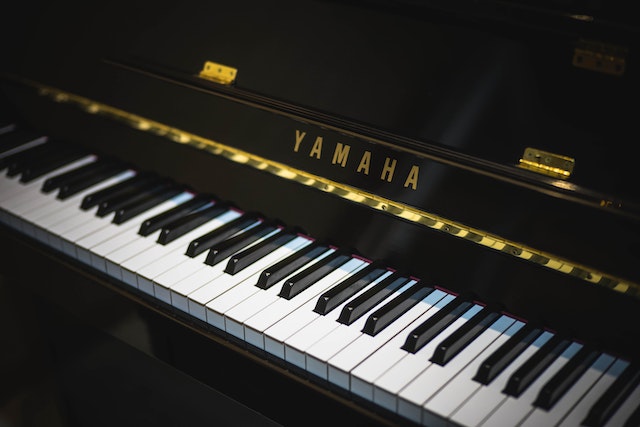What is true temperament guitar tuning?
True Temperament is a guitar tuning system that aims to correct the intonation issues inherent in the traditional equal temperament tuning system used by most modern fretted string instruments. In equal temperament, the octave is divided into twelve equal parts, which is a compromise that allows musicians to play in any key but results in slight tuning imperfections across the fretboard.
True Temperament frets are uniquely shaped, often appearing squiggly or curved, and are placed in specific calculated positions on the fretboard to ensure that each note is in tune with the others across the entire neck. This system allows for more accurate intonation up and down the fretboard, which can be particularly beneficial depending on the music you play and your personal preferences.
To tune a True Temperament guitar, you cannot simply use standard tuning as you would with a normal guitar. Instead, each string must be tuned to a specific pitch that is slightly different from standard tuning. For example, the high E string is tuned to E4 -1 cent, the B string to B3 -1 cent, the G string to G3 +4 cents, the D string to D3 +2 cents, the A string remains the same as a normal guitar, and the low E string is tuned to E2 -2 cents[2].
While there are clear benefits to using True Temperament frets, such as improved intonation, there are also disadvantages. These frets can be expensive, inconvenient, and may present their own issues. Additionally, they require a programmable guitar tuner or a tuner that allows you to count the cents for precise tuning.
True Temperament guitar tuning is a system designed to provide more accurate intonation by using specially shaped frets and specific tuning offsets for each string. It addresses the compromises of equal temperament tuning but comes with its own set of considerations regarding cost, convenience, and compatibility with other instruments.






